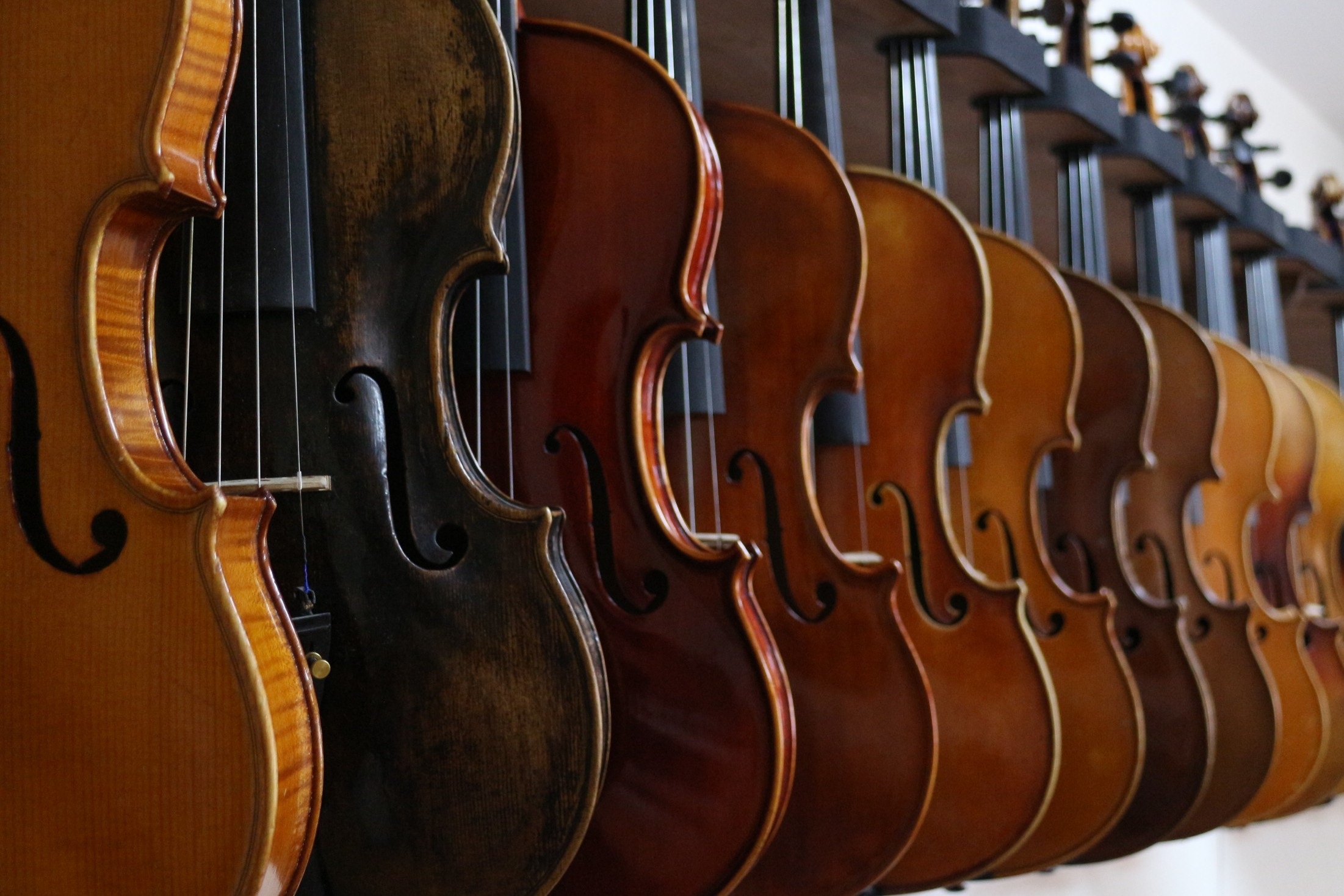Part 4 of 5:
Dear Violin Co-Journiers,
Last week I shared with you the three parts to an effective warm-up, and described Part 1 in detail. We also learned that most aspiring musicians struggle endlessly with random, reactive practice. That’s why so many end up going in circles until they finally quit out of boredom or frustration. (if you missed that, you can read it online here)
Over the years I’ve been privileged to observe and model many advanced teaching, performing and practice strategies. I’ve “hung-out” with some of the best in the business. These are teachers who have taught violinists that are now celebrities on the world stage. They know what works; they know how to “grow” a violinist from the ground up.
What I’ve learned: players with advanced skills almost always owe their success to “strategic” practicing. Strangely enough, many high level musicians aren’t consciously aware of the strategies they are using, as they’ve become ingrained into a regular practice routine. If you study their practice in detail, you’ll soon begin to see clear patterns.
The Golden Rule of Music Practice (no exceptions!)
If you’re going to get anywhere on your violin journey, you need a step-by-step practice routine to get you there. Your routine covers all the skills that are currently on your plate. And it always begins with a warm-up.
The Warm-Up Part 2: Fine Tuning
After your Part 1 transition, we begin our Fine Tuning, which is perhaps the most crucial part of your practice. Fine tuning is not what it sounds like, adjusting the pitch of your strings or your left hand. Fine tuning goes far deeper than that!
Imagine, for example what it would be like to play the violin with a catcher’s mitt on each of your hands. Surely that would be impossible! You wouldn’t be able to feel a thing, let alone the delicate and nuanced motions of a fine violinist. When we Fine Tune we are “taking our gloves off” and becoming intimately connected to every movement, every motion.
Only by Fine Tuning your senses around the violin can you make the huge-payoff gains that grow your skills. Too many of us “bang away” on the violin for hours only to make matters worse. This type of practice is actually de-tuning, pushing your further away from the skills your are seeking.
Last night I had the rare treat of attending a Santa Barbara California recital of Joshua Bell, perhaps today’s most famous violin soloist. Of course, his performance was overwhelmingly beautiful and his dazzling technical feats were astonishing. But from a violinist’s point of view, I can also saw something at the core of his playing that he did unfailingly, for every second of his two hour plus performance.
Every time you draw the bow across your violin string there is a white hot locus of control. You won’t notice it until you look, but that tiny patch of real estate where bow and string meet is the heart of your voice as a violinist. Controlling that point of contact is the single most defining factor of your playing.
Josh never lost his locus of control. Not for a second. You can do this too.
When you are Fine Tuning during your warm-up, you’re becoming keenly aware of your white hot contact point. You’ll be refining skills such as:
- how to manage and tweak the almost imperceptible but crucial “stickiness” between bow and string
- how to create a graceful, ballet-like bow arm motion that is dynamic and free, never stuck or tense
- how to produce a seamless connection between notes and long soaring phrases.
Whether you play in the great concert halls of Europe or you’re simply playing at home for family and friends, a bit of daily Fine Tuning immediately puts an end to that “beginner” sound and gives you the tools you need to create your own signature violin tone.
If you want to sound more like Josh Bell, Mark O’Connor, Joe Venuti, Regina Carter, Itzhak Perlman or any great violin player, the only way to get there is by continually Fine Tuning. Every time you play. The effect adds up quickly, and leads to breakthroughs you probably never thought possible.
Surprisingly, Fine Tuning is a lot simpler than you think. This exercise will get you started.
Fair Warning: The first time you try the above routine, your ingrained practice habits are likely to kick in. Your every cell may want to kick and scream, skip or quickly push through this approach. If this happens, STOP! Go back to Part 1 of your warm-up! It’s not about hammering away for hours or playing more/faster notes. But it’s all about experimenting, noticing and letting go of your immediate expectations. Clearly this is a Zen-like approach to violin. So, light up some incense and embrace it!
The more you follow a regular practice routine, the more you will notice the gains you are making during the Fine Tuning part of your warm-up. There’s nothing like playing the same exercises and/or passages regularly for a year or more to shine a light on your progress. You will learn (like I did) that there’s much more value in going deeper than broader when you are in a skill building phase of your practice.
Key things to remember:
- Always follow a consistent practice routine begins with a physical and mental transition into your practice session.
- Make Fine-Tuning a priority during your warm-up. Use this exercise to get started.
Experience the Fine Tuning exercise above for a day or two and let me know how it goes. Add a comment below; I read everything!
